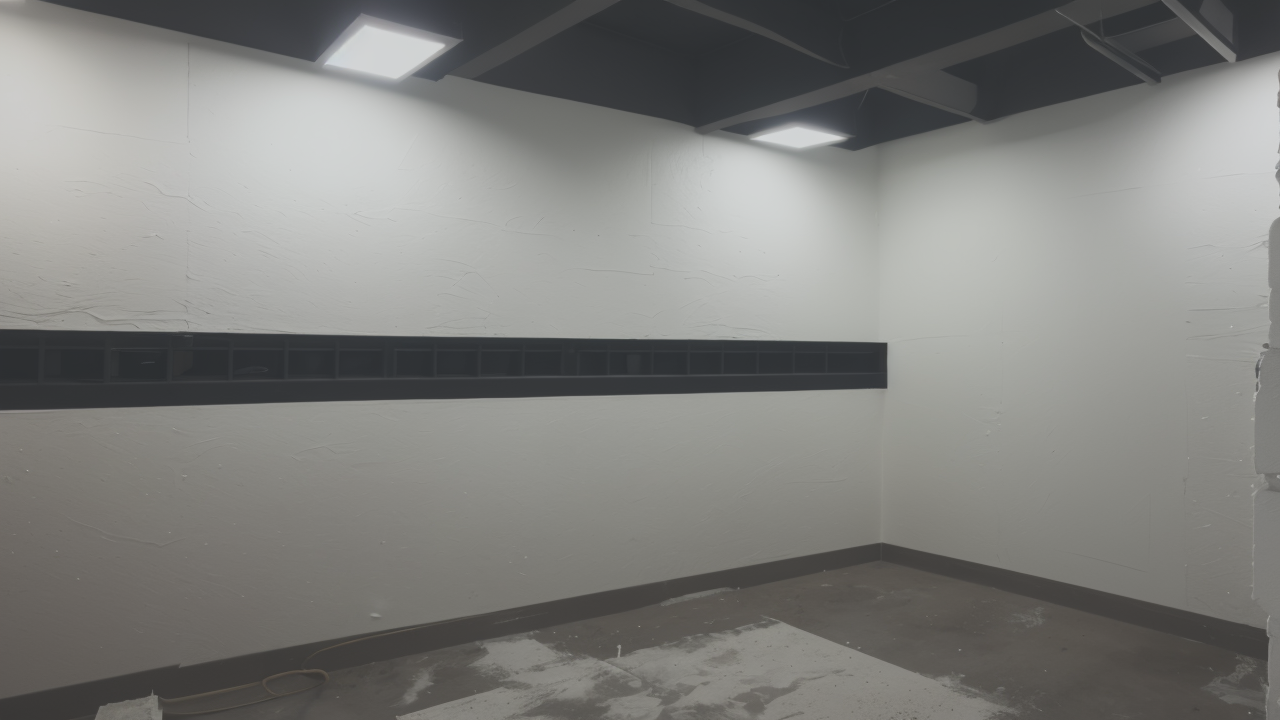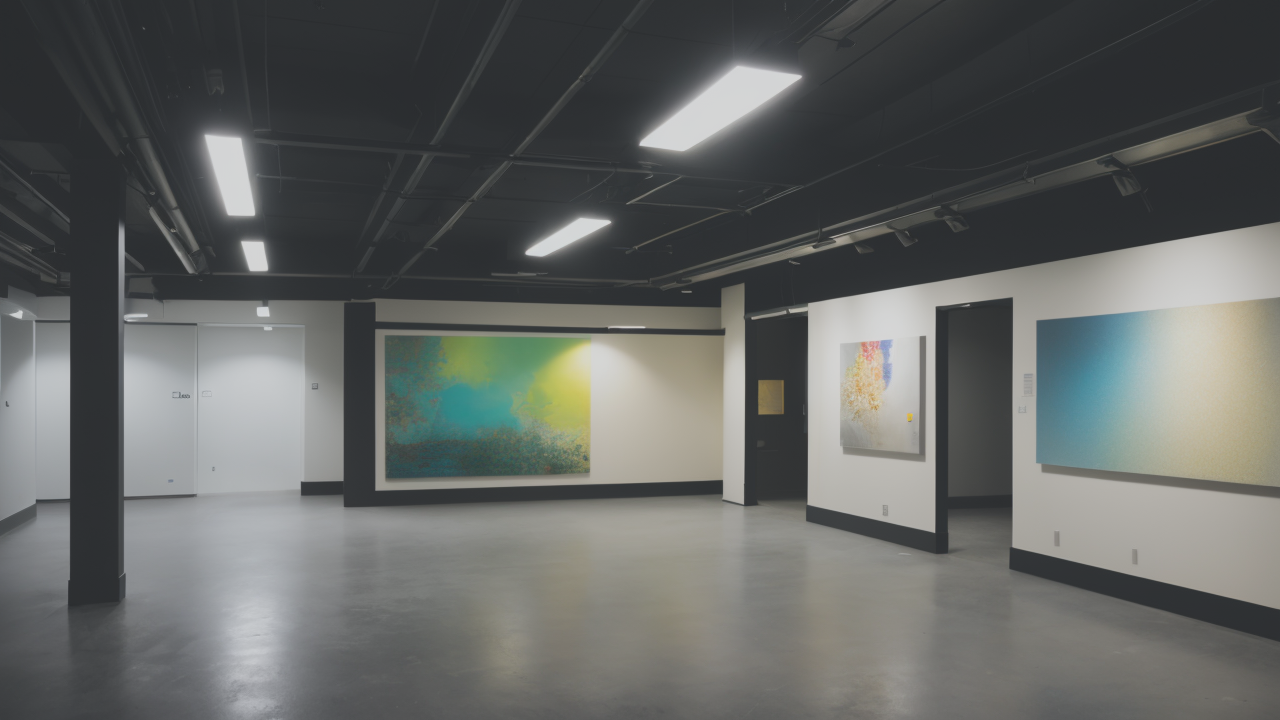
The Art of Plaster: Elevating Custom Interiors with Sculpted Surfaces
The Renaissance of Plaster Art in Contemporary Interior Design
Understanding the Appeal of Textured Surfaces
Textured surfaces are making a big comeback in modern home design. They add depth and character to any room. Plaster art, in particular, is gaining popularity. It offers a unique blend of elegance and tactile appeal.

People love textured walls for many reasons. They create visual interest and warmth in a space. Plaster art can turn a plain wall into a stunning focal point. It adds a touch of luxury without being too flashy.
One of the best things about plaster art is how versatile it is. It can mimic various materials, from stone to fabric. This makes it great for many different design styles. Whether your home is modern or traditional, plaster art can enhance its look.
Historical Significance and Revival Trends
Plaster art has a rich history that goes back centuries. It was a key feature in Nawabi architecture, known for intricate designs. The Nawabi style has inspired many modern interpretations. Today, we're seeing a revival of these traditional techniques with a new twist.
In recent years, there's been a growing interest in handmade crafts. This has led to a renewed love for plaster art. Designers are rediscovering the beauty of hand-crafted textures. They're finding ways to blend old techniques with new styles.
This revival isn't just about looks. It's also about keeping cultural heritage alive. By using Nawabi-inspired designs, artists preserve traditional skills. This mix of history and modernity appeals to many people. It adds meaning and depth to home decor.
Crafting Elegance: Techniques and Tools in Plaster Art
Selecting Quality Plaster Materials
Choosing the right plaster is key to creating beautiful wall art. Good materials ensure the art will last and look great. Many artists use gypsum plaster because it's easy to work with. Some prefer lime plaster for its natural, breathable qualities.

The type of plaster affects how the final art looks and feels. Fine plasters create smooth surfaces, perfect for delicate designs. Coarser plasters give a more rustic, textured finish. Artists often mix in additives to change how the plaster behaves. This can make it easier to work with or create special effects.
Tools are just as important as the plaster itself. Trowels, spatulas, and carving tools are essential. Each tool can create different textures and patterns. The artist's skill in using these tools brings the design to life.
The Artisan's Process: From Model to Wall
Creating plaster art takes skill and patience. It starts with coming up with a design. Artists often sketch their ideas or make digital models. These serve as a guide for the final piece.
Next, the wall needs to be prepared. This means cleaning it and making sure the plaster will stick. Then, the artist applies the first layer of plaster. They might use several layers to get the right depth and texture.
The real artistry happens when the plaster is shaped and carved. Using various tools, the artist brings the design to life. They might add fine details or create bold patterns. The final steps involve smoothing the surface and adding any finishing touches.
Innovations in Plaster Artistry
New technology is changing how plaster art is made. 3D printing lets artists create precise molds. This helps them make complex designs more easily. Digital tools help artists plan intricate patterns before they start working.
There are also new types of plaster available. Some are water-resistant, making them good for bathrooms. Others are made with eco-friendly materials, which many people like.
Lighting is another area of innovation. Some artists are putting LED lights inside plaster designs. This creates amazing effects, especially in dark rooms. These new ideas are expanding what's possible with plaster art.
Integrating Texture Plaster Art in the US Market
Case Studies: Residential and Commercial Projects
Plaster art is being used in many exciting projects across the US. In a New York apartment, Nawabi-inspired plaster walls create a luxurious feel. The detailed patterns add depth to the simple decor, making a bold statement.

A small hotel in California uses plaster art in its lobby. The textured walls make guests feel like they're in a special, handcrafted space. Many people comment on how unique and interesting it looks.
In a Texas home, plaster art adds warmth to a modern interior. The soft textures balance out the sleek furniture. This shows how plaster can work well with different styles of decor.
Navigating the American Supply Chain for Plaster Decor
Finding good materials and skilled artists can be tricky in the US. But more suppliers are starting to offer plaster art materials. They sell everything from traditional plaster to new, eco-friendly options.
Finding skilled artists is key to getting high-quality work. Some design companies are working with artists from other countries. These artists bring special skills in traditional techniques. There are also new training programs in the US to teach these skills.
Planning big projects can be complex. It's important to plan carefully to get materials and artists on time. Some suppliers offer complete packages with materials and skilled workers. This makes things easier for designers and homeowners.
Future Outlook: The Role of Texture Art in Interior Design Trends
The future looks bright for plaster art in American homes. As people want more unique spaces, custom wall designs are becoming popular. Plaster art offers a perfect mix of personalization and timeless appeal.
Many people are also interested in eco-friendly design. Plaster art fits well with this trend. It uses natural materials and traditional methods. We might see more sustainable practices in plaster art in the future.
Technology will likely play a bigger role in design and creation. Virtual reality could let clients see designs before they're made. This could make it easier to try bold designs with confidence.
In conclusion, texture plaster art is set to make a big impact on American interiors. It blends old techniques with new ideas, offering endless creative possibilities. As more people discover its beauty, we'll likely see it in more homes and businesses across the country.


